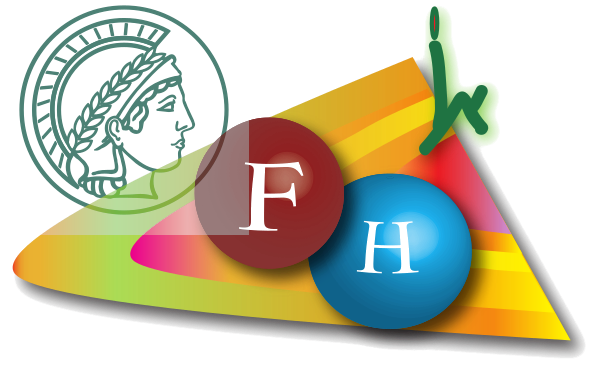GENERAL RESEARCH INTERESTS:
Quantum-mechanical and classical simulations of many body systems. Structure and dynamics of weakly bonded clusters, particles and solids. Properties of ice and ice-adsorbate systems. Vibrational properties and spectra of condensed phases.
MAJOR CURRENT RESEARCH PROJECTS:
1. Methods for study of strongly anharmonic quantum systems: Diffusion Monte Carlo (DMC) and Variational Wave Packets: Well established methods (molecular dynamics, Monte Carlo) are available for modeling of molecular systems in the framework of classical mechanics. However typical molecular systems are not characterized by a de Broglie wave length which is short compared to range of variation of intermolecular potential. And the size of vibrational quanta may be large compared to (kT), particularly in hydrogen-containing systems. Development of methods to treat strongly anharmonic systems such as liquids and floppy clusters is an important challenge for computational chemistry. One approach adopted and developed within the group is Diffusion Monte Carlo (DMC). A rigid body version of DMC (RBDMC) was developed to treat molecular clusters. Currently, the use of RBDMC is explored as a structure optimization tool. Variational Wave Packets are a tool of choice to investigate time-dependent phenomena. Another target is methodology for computation of OH-stretch spectra in water-containing systems. The pertinent spectra are an excellent probe of hydrogen-bonding, but require quantum-mechanical computational tools for interpretation.
2. Computational studies of ice, icy particles, icy surfaces, and their interactions with adsorbates: Water ice is both an interesting and a basic solid. It plays an important role in a variety of natural phenomena, including rain and thunderstorm formation, ozone hole chemistry, geophysics, physics and chemistry of outer planets, and of interstellar clouds. Molecular properties of ice are determined by the unique ability of the H2O molecule to form four relatively strong hydrogen bonds to four neighboring water molecules, in an approximately tetrahedral arrangement. The arrangement is flexible, resulting in 13 known crystalline forms, and at least two amorphous ones. Gas adsorption on icy surfaces plays a role in terrestrial, atmospheric and interstellar chemistry. Our investigations include structure and spectroscopy of water clusters in the size range of 6~1000 water molecules; vibrational spectroscopy of ice; orientational defect activity; and interaction of a variety of adsorbates (such as H2, CF4, NH3, and HCl) with ice surface.
Data bank on ice and icy particles
Recent representative publications
Figure 1. Models used in the interpretation of HCl adsorbate spectra on icy particles; Red: O; white: H, green: Cl.
From J. P. Devlin, N. Uras, J. Sadlej, and V. Buch, Nature 417, 269 (2002); V. Buch, J. Sadlej, N. Aytemiz-Uras, and J. P. Devlin, J. Phys. Chem. A 106, 9374 (2002). Singly-coordinated HCl corresponds to moderate stretching of the HCl bond. Doubly-coordinated HCl is strongly stretched, on the verge of ionization, provided that the proton-acceptor H2O is free of an additional acceptor bond. Ionization of HCl requires three hydrogen bonds. The anion can be solvated effectively by another
HCl, instead of H2O.

Group Members :
|
|
|
|
|
Experimental Collaborators :
- Prof. J. P. Devlin (OSU)
- Prof. U. Buck (MP-Gottingen)
- Dr. S. Bauerecker (Braunschweig)
Theorist collaborators:
- Prof. J. Sadlej (Warsaw)
- Prof. M. Severson (Oakland)

